We love the biodiversity in the ancient and everchanging landscape called New River Gorge National Park. In fact, there’s nowhere we’d rather be than in this gorgeous Appalachian Forest. Who are we? Amy & Shawn, owners of Lafayette Flats Boutique Vacation Rentals and New River Gorge Eco Tours. Here are the elements of nature we love most and often explore during our guided forest walks.
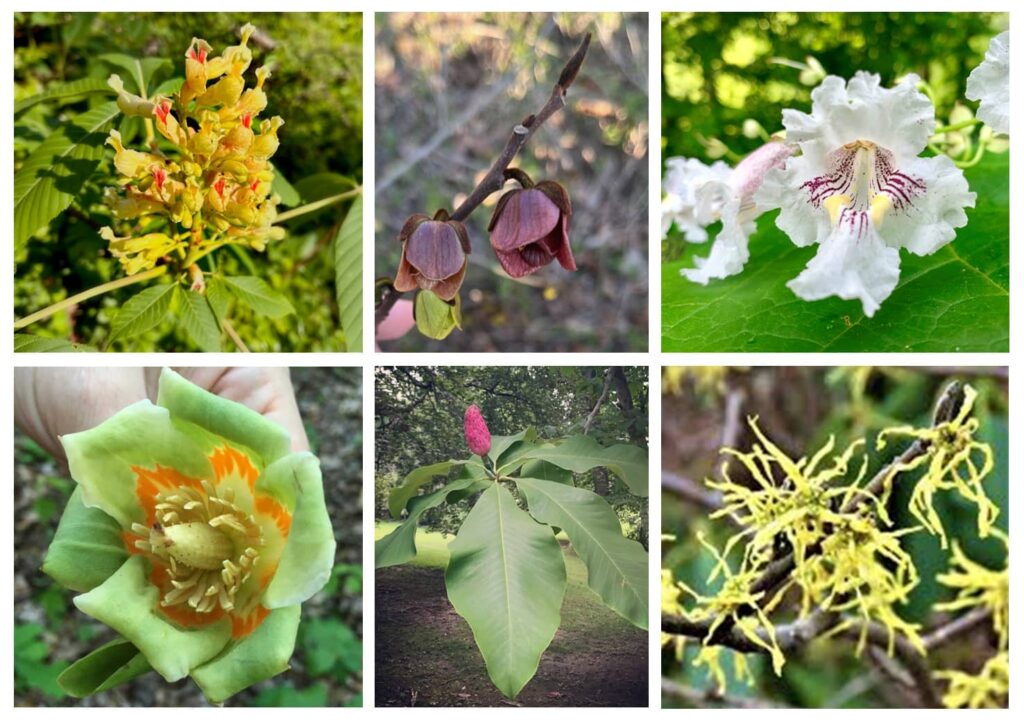
Flowering Trees
The Appalachian Forest is known for its large and diverse collection of trees. This is one of the things that sets it apart from forests in other parts of the country and world. The huge number of deciduous tree species – the ones that produce flowers to attract pollinators and then lose their leaves in the winter – is particularly high in Central Appalachia. Here in the New River Gorge, there is at least one tree (usually many) blooming from early spring to early winter. We start with the tender white blooms of the Serviceberry Tree in March end in December when Witch Hazel Trees display their spindly yellow flowers.
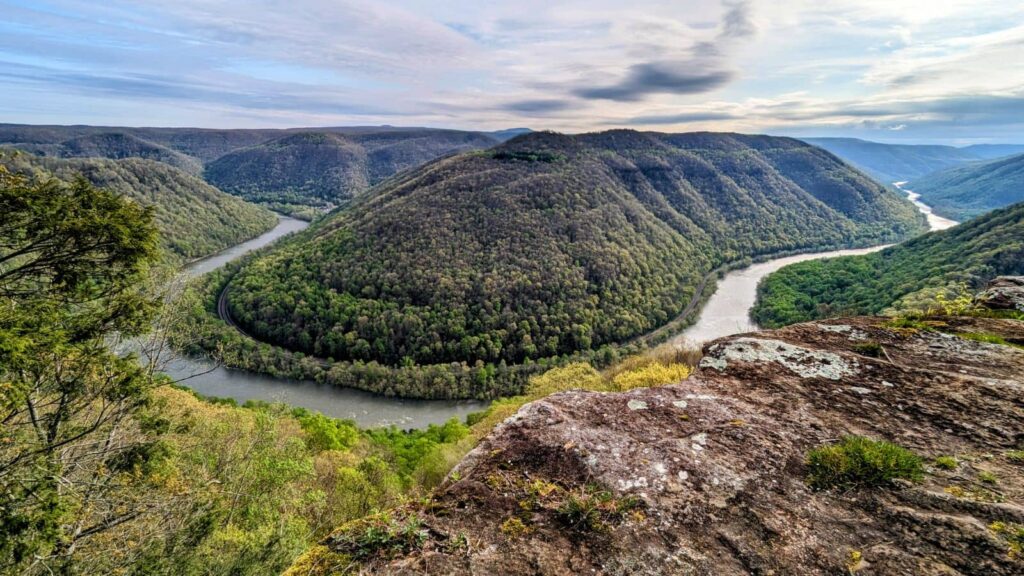
Dramatic Elevation Change
There is about a 1,000-ft difference in elevation between the top of the plateau and the river bottom in the New River Gorge. Temperature-wise, 1,000 ft in elevation is equivalent to 300 miles of latitude. So, when you are standing high on the plateau you are experiencing temperatures similar to the Pittsburgh area while looking down at the river which is experiencing temperatures similar to Raleigh, NC. This differential is on full display during the transitional seasons. In the spring, the greening starts at the bottom and works up the mountain. In the fall, the leaf changing starts at the top and works down.
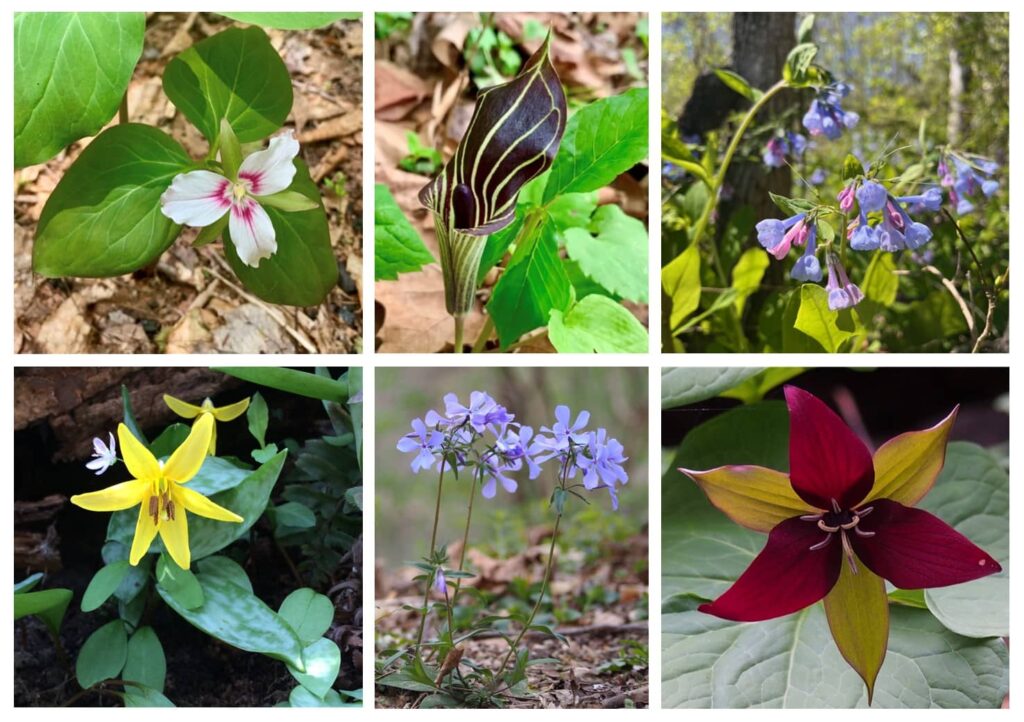
Ephemeral Wildflowers
In the early spring, before the trees start to leaf out, there is a window of time when the warm sunlight can reach all the way to the forest floor. This is when the spring wildflowers pop out and blanket the woods in millions of colorful little gems. As the name implies, spring ephemerals only last a short while, most retreating underground as the forest canopy closes. Some wildflowers, like the trout lilies, live in slow-growing colonies that can spread underground for long distances. It’s likely there are wildflower colonies in the New River Gorge that are older than the trees!
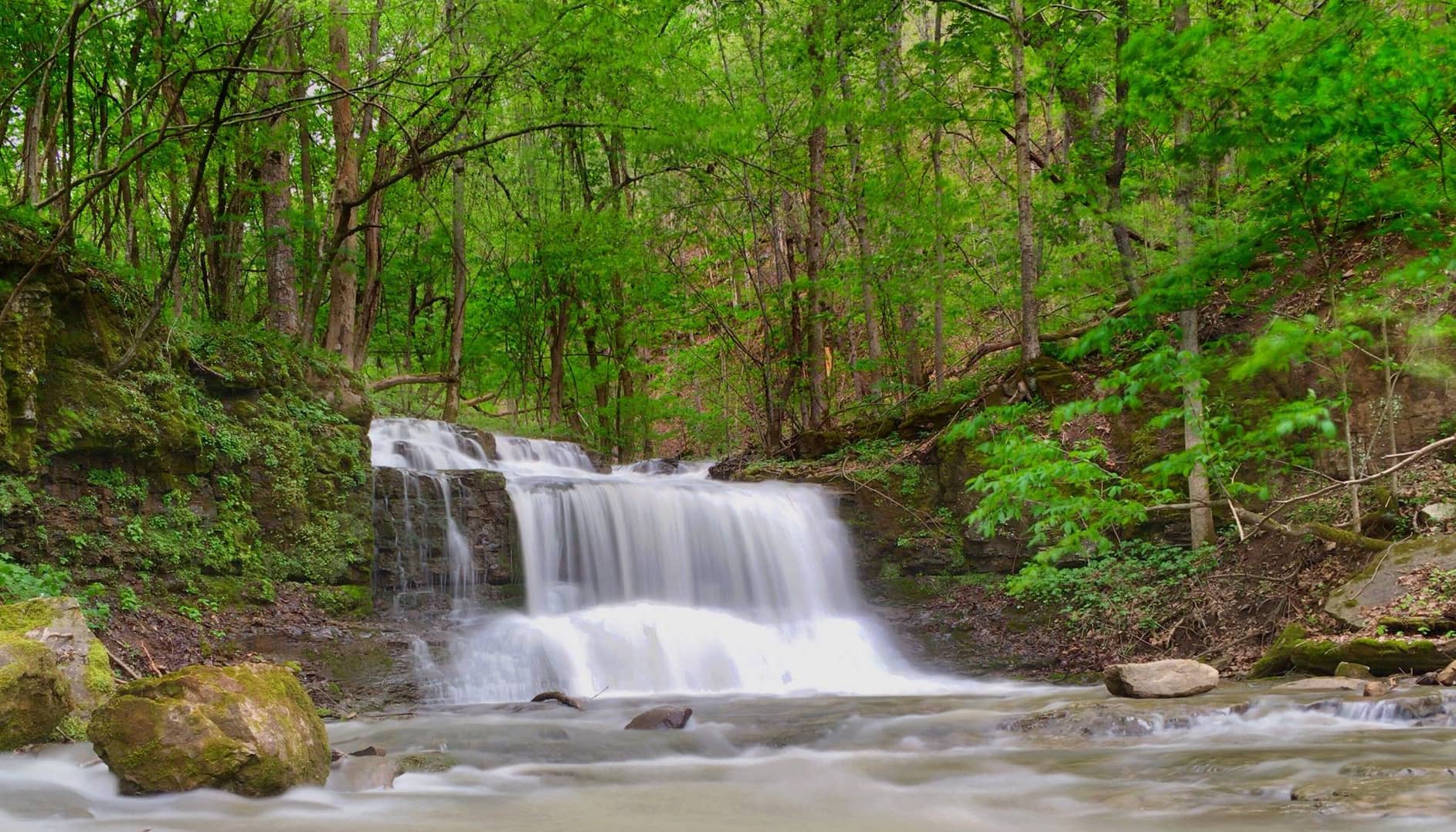
Abundance of Water
We West Virginians tend to take fresh water for granted – it is just so abundant here. We see, hear it, feel it everywhere in our rivers, creeks, ponds, waterfalls, rain, fog and humidity. It’s this abundance of fresh water that helps makes this place so special, lush, and biodiverse. It supports our huge varieties of trees, wildflowers, mushrooms and animals – all the things we love learning about. And while it’s always a treat when we get to explore the big National Parks out west, we inevitably find ourselves missing the water – and all that it brings to life – back home in West Virginia.
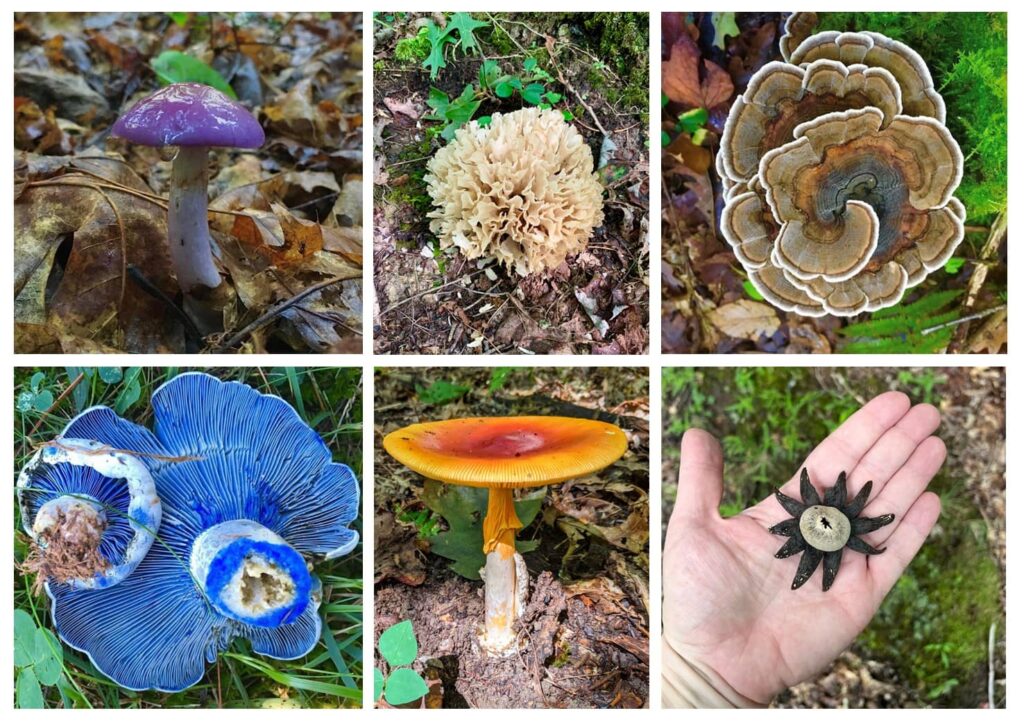
Mushrooms
Yeah, we love the taste of wild mushrooms, and it’s fun to eat what we’ve foraged, but mostly we love mushrooms because they are so weird. Our favorite pastime is learning about the countless species of these fascinating creatures (yes, creatures – fungi are not plants or animals but somewhere in between). We enjoy pondering how some mushrooms are mycorrhizal (forming a mutually beneficial relationship with plants) while others are saprophytic (working to consume dead organic matter). Regardless of their function, mushrooms in a forest are a sign of a functioning ecosystem, and we love seeing them!
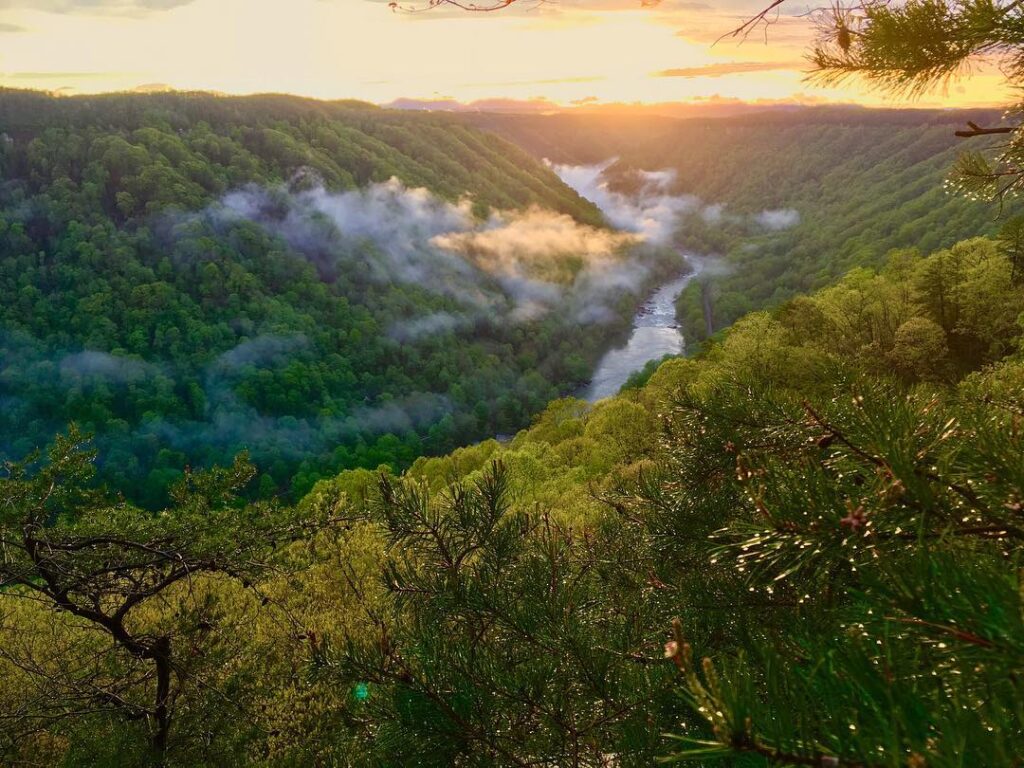
Fog
Call it fog, mist or low clouds, but one of the most lovely natural elements in the New River Gorge is its ever-present water vapor. Nearly every morning from spring through fall, the depths of the gorge are filled with a cottony stream of mist that flows over top of the river until the sun rises high enough to burn it off. Area photographers know that when an afternoon thunderstorm rolls through that stunning images are to be found along the cliffs as the cool air settles into the humid forests below creating thick ribbons of fog. The massive scale of the ancient gorge provides the distance and elevation variation that our eyes require to fully appreciate the magnificence of the phenomenon.

Big Heath Plants
While you may not be familiar with the term heath, if you’ve ever visited Appalachia, you are familiar with this family of evergreen shrubs. It includes several different species of rhododendron and Mountain Laurel which fill the understory of the New River Gorge and produce big blooms that dominate the forest. The bright fuchsia/purple flowers of the Catawba Rhododendron bloom first in May. They are followed by the bold but intricately detailed pink and white Mountain Laurel blooms and finally, in early summer, the ubiquitous white flowers of the Great Rhododendron (the West Virginia state flower).
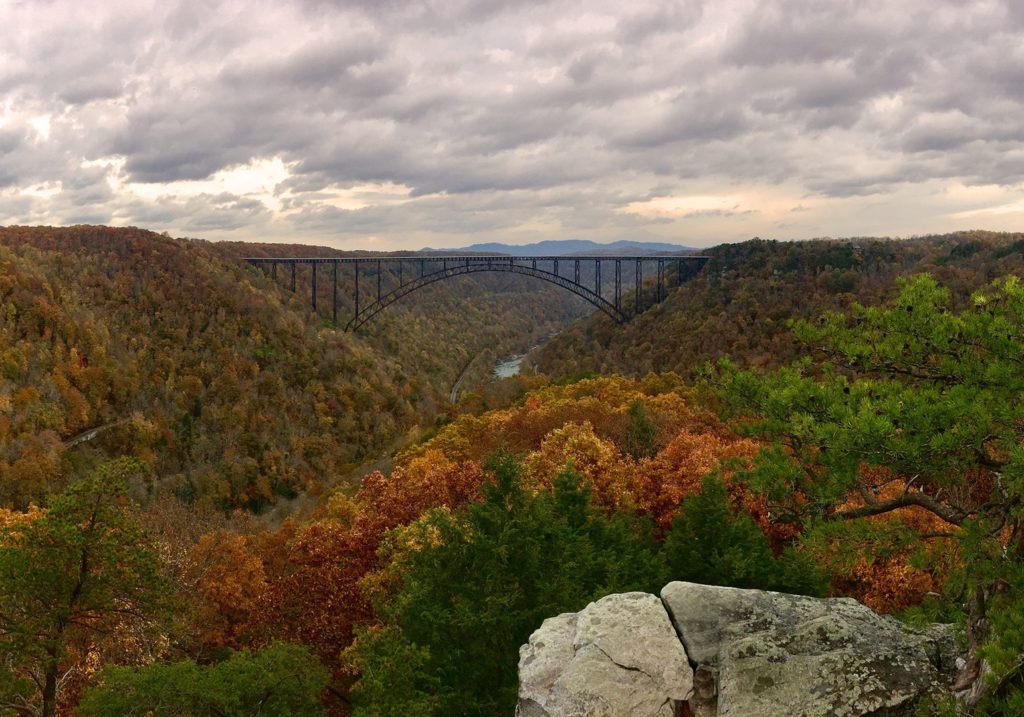
Fall Color
With over 150 species of deciduous trees, the landscape of the Gorge becomes a tapestry of color in autumn. Because of its 1,000-ft elevation differential, leaf peeping season can be longer here than in many places. These dramatic elevation changes also mean that if you aren’t seeing great color yet while hiking in the lower elevations, you can visit the higher elevations. Of course, the opposite is also true – if leaves are past peak on the trails of the higher elevations, head down closer to the river to be surrounded by red, burgundy, orange, yellow, gold, brown, tan, and many shades of green.
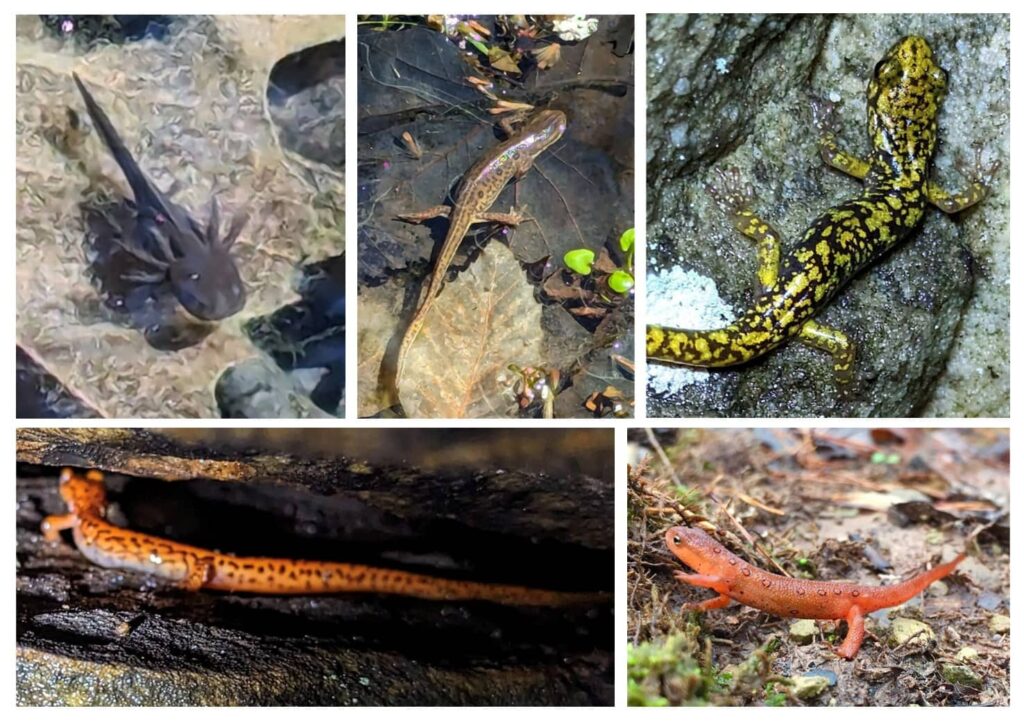
Salamanders
There are 34 species of salamanders in West Virgnia, and many can be found here in the New River Gorge. While some folks call them spring lizards, salamanders are not reptiles. They are amphibians like frogs and toads, meaning they have permeable skin, gelatinous eggs and gilled larvae. These characteristics require that they need to be in or near water which Appalachia has in great supply. Some salamanders live double lives, being born in water and moving to nearby moist land as adults. Some, like the Red Spotted Newt, live triple lives, being born in the water, moving to land as juveniles (when they are called Red Efts), and moving back into the water as adults.
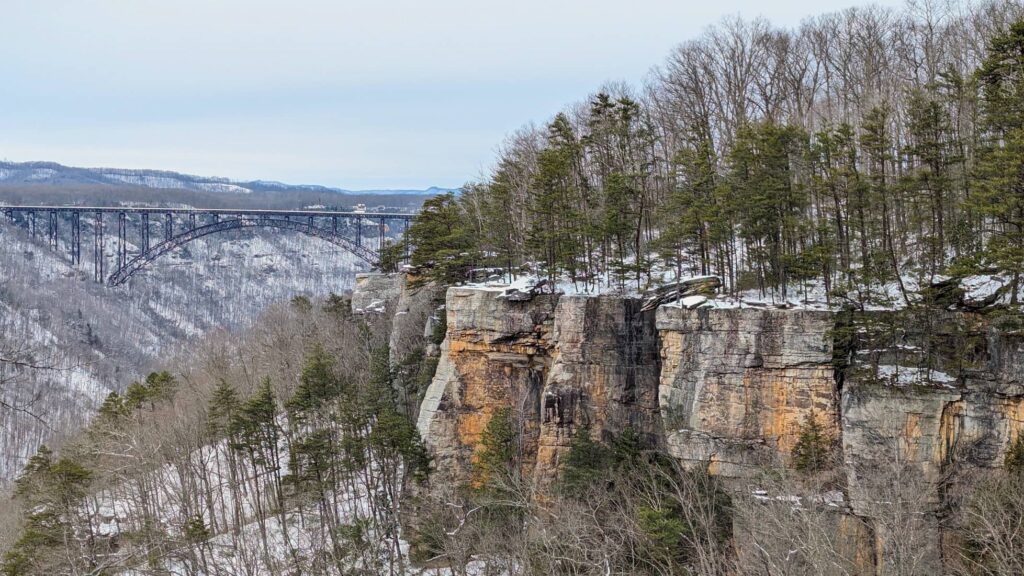
Nuttall Sandstone
The cliff and canyon walls of the New River Gorge are very old and very strong. One of the layers of sedimentary rock most visible near Fayetteville is Nuttall sandstone. This sandstone is 98% quartz, making it dense, exceptionally strong, and erosion-resistant. Today, it serves as a siren call to people from across the globe who are yearning for a true climbing experience.

Craving more data for your New River Gorge exploration? Read “ Our 10 Favorite Trails in New River Gorge National Park” and “Our 10 Favorite Waterfalls in the New River Gorge.”
comments +